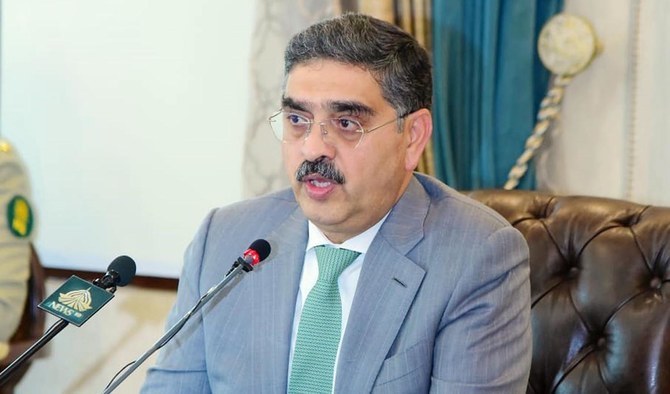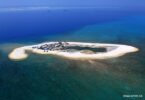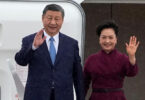The Caretaker Prime Minister Anwaar-ul-Haq Kakar has termed the China-Pakistan Economic Corridor a ‘once in a century opportunity’ and vowed to focus on its second phase to attain rapid economic and industrial growth. During an interview with a Chinese media outlet, Kakar noted that the CPEC initiated under China’s Belt and Road Initiative had helped Pakistan witness significant development in diverse sectors. According to him, China’s western Urumqi region and Pakistan’s northern Gilgit-Baltistan have huge prospects for cooperation, particularly in trade and tourism.
The flagship Pak-China joint venture under President Xi’s Belt and Road Initiative has completed a decade of successes and achievements. A long bridge-building journey has been covered through bulk investment, teamwork and technical cooperation. The CPEC has entered its second phase and multiple road infrastructure and energy projects under China Pakistan Economic Corridor (CPEC) have been completed and started yielding their benefits, however, a bulk of work is still left for its completion and realization of 100% potential. The People’s Republic of China (PRC) and the government of Pakistan are very optimistic regarding the outcome of this magnificent bilateral initiative which has now become a brand symbol of Pak-China friendship, while several other regional states including Afghanistan, Iran and Central Asian Republics intend to join this magnificent regional connectivity project as the connectivity is an indispensable element for modern economies. Pakistan is hopeful of a big economic activity and an influx of tourists between the two countries, which would bring an improvement to the social and economic lives of its people. Historically, it would be a win-win situation for both China and Pakistan because this mechanism not only uplifts the Chinese western region of Urumqi but also provides the shortest possible routes for Chinese exports meant for the Middle East and Europe.
As of now, the Gwadar Port and the China-Pakistan Economic Corridor (CPEC) are fundamental pillars of Pakistan’s future economic and social uplift plan. Recently, Beijing and Islamabad have agreed to enhance the capacity of the Gwadar port through the construction of additional births, an increase in cargo tunnels and ceilings along with multiple other initiatives including a Special Economic Zone (SEZ), and a floating Liquified Natural Gas Terminal that will not only boost the country’s economic and industrial growth but will act as a force multiplier in operationalization of the CEPC in respect of foreign transit trade through these routes.
The government and people of Pakistan perceive the CEPC and the wider Belt and Road Initiative (BRI) as a recipe for their economic prosperity, regional connectivity, economic integration and multilateral cooperation in the region and beyond. However, there is a long way to go to realize this dream and Pakistani leadership must continue concerted efforts for the completion of the ongoing projects, operationalization of SEZs along with exploring new avenues of cooperation under the CPEC with Chinese business giants and multinational foreign firms to boost trade and investment opportunities, regional connectivity and people-to-people contacts between Pakistan, China and other regional states. So, the dream for regional connectivity and cooperation could lead to greater economic and social integration in broader South and Central Asia. Whilst, such regional partnership and teamwork, Pakistan will emerge as a regional connectivity hub for trade and Transport Internationaux Routiers (TIR) in the future.







